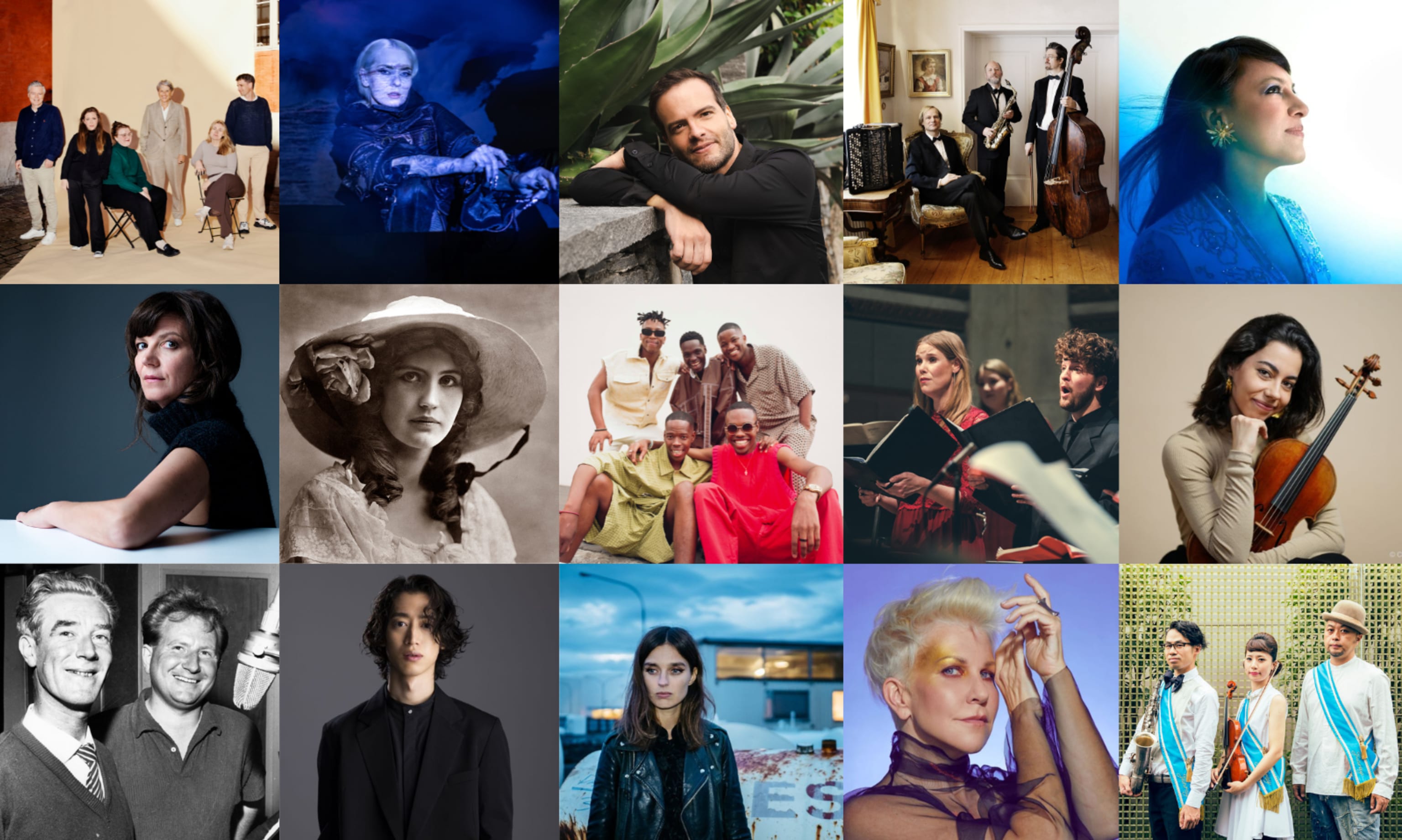
Adventurous Bridge Building
- Home
- Festival
- 2020-and-before
- Articles
- Adventurous Bridge Building
- By:
By: Anders Kjetland,
May 24, 2014
In Norse mythology, Bivrfrost was the fragile bridge that connected the worlds of men and gods. In FRIKAR’s version the bridge is built between different peoples and cultures, between breakdance and Halling.
Bivrfrost.
The result is a grand adventure about a king who promises to grant his princess and half his kingdom to anyone who can build a bridge between the peoples: the blue-eyed Halling dancers and the narrow-eyed break-dancers. But what should the bridge look like? And how can you make people trust each other?
Hansegård says that Bivrfrost is a performance for all ages that can be experienced on different levels.
“It is a playful adventure with plenty of rivalry and acrobatics, and a lot of humour.
But the show also has a deeper meaning.
“I hope it will make people reflect on their relationships with others, on themes such as values and identity. One point of departure was to draw parallels between the body and society and to say something about the ways culture can be used to include people and build bridges rather than exclude people.”
A video sequence in the beginning forms part of the backdrop of the performance. Movie clips featuring extreme right-wing organisation Vigrid and folk dancing used for propaganda purposes by former fascist party Nasjonal Samling are mixed with interviews with the dancers in Bivrfrost.
Movie clips featuring Vigrid members are juxtaposed with quotes from Snorri Sturluson:
“Vigrid say that they find inspiration for their notions of the Aryan and the ethnically Norwegian in Odin and Norse mythology. In that context it is interesting to read Snorri, who writes that the Norse gods were Asian and that Odin came from Turkey. That what is perceived as a unique Norse culture also has roots outside the region.”
Consequently, Bivrfrost in FRIKAR’s performance is a bridge between east and west. And the acrobatic bridges in the performance are built by human bodies.
During the process the dancers were interviewed about what bodily invasion felt like. These interviews have been incorporated into the video sequence at the beginning of the performance.
In Bivrfrost, a monk is summoned to foster dialogue between the peoples.
“The inspiration for the monk came from the craftsmen who built the stave churches around the time of Christianity's invasion of Norway. Many symbols on the churches combined Norse mythology with Christianity: The Virgin Mary became the goddess of beer, and took over Tor's role as a symbol of fertility. The craftsmen combined elements from both cultures.”
In the performance, the monk is the one who listens and helps the blue-eyed and the narrow-eyed peoples to trust each other.
“Neither the narrow-eyed or the blue-eyed are particularly inclined to listen. The monk brings them together through his tai chi movements”, he says.
Hansegård wants to avoid being trapped in rigid expectations of what folk dance should be.
“If you work with folk dance, you also work against many stereotypical perceptions. Some find it difficult to separate the national from the nationalist. Perhaps there is a fear that Norwegian traditional culture might seem excluding. For us it is important to show that it can be a means towards inclusion and bridge building. We want to show the diversity of what traditional culture can do, and be able to express ourselves freely.”
The diversity is reflected in numerous collaborations with classic contemporary dancers, Chinese kung fu monks, capoeira practitioners and break-dancers. Hansegård and FRIKAR have visited the Bergen International Festival several times with performances such as Yr, Jamsiis and most recently 8 in 2012, in which FRIKAR and kung fu monks created the entire performance using only dance as a means of communication.
“The themes and expression of our performances have been quite different. In FRIKAR we want to dive deep into human nature, and not decide beforehand what the outcome should be like. And that makes the results quite different.”
But this is also part of Hallgrim Hansegård’s ambition:









